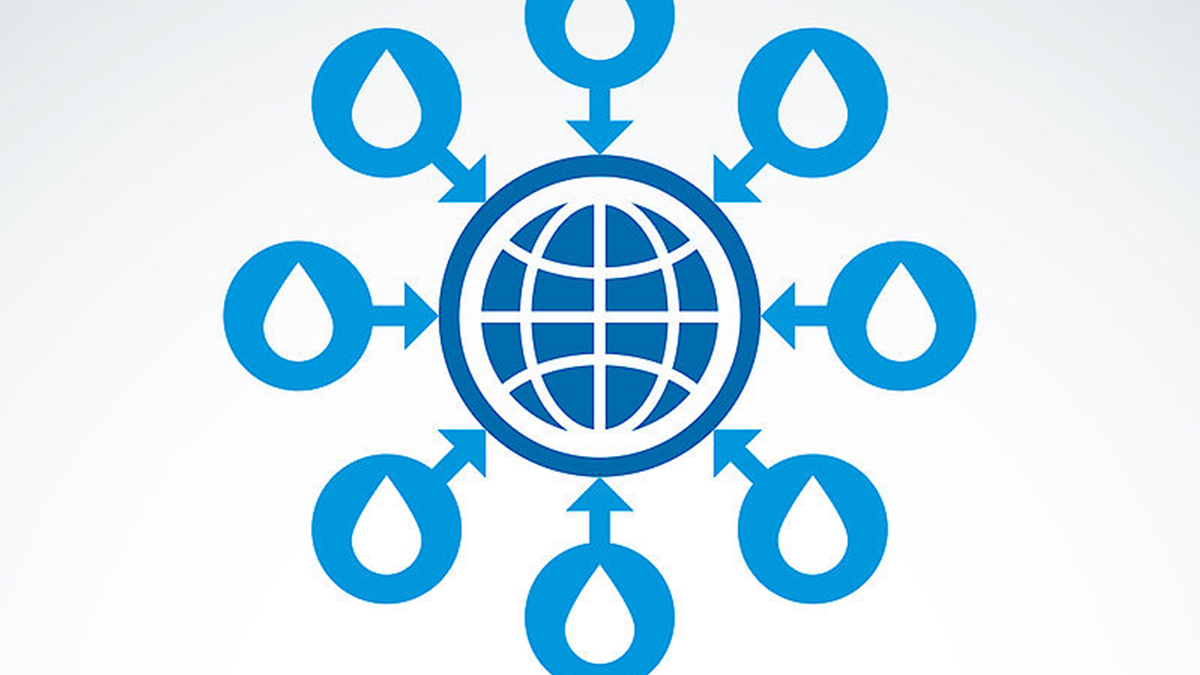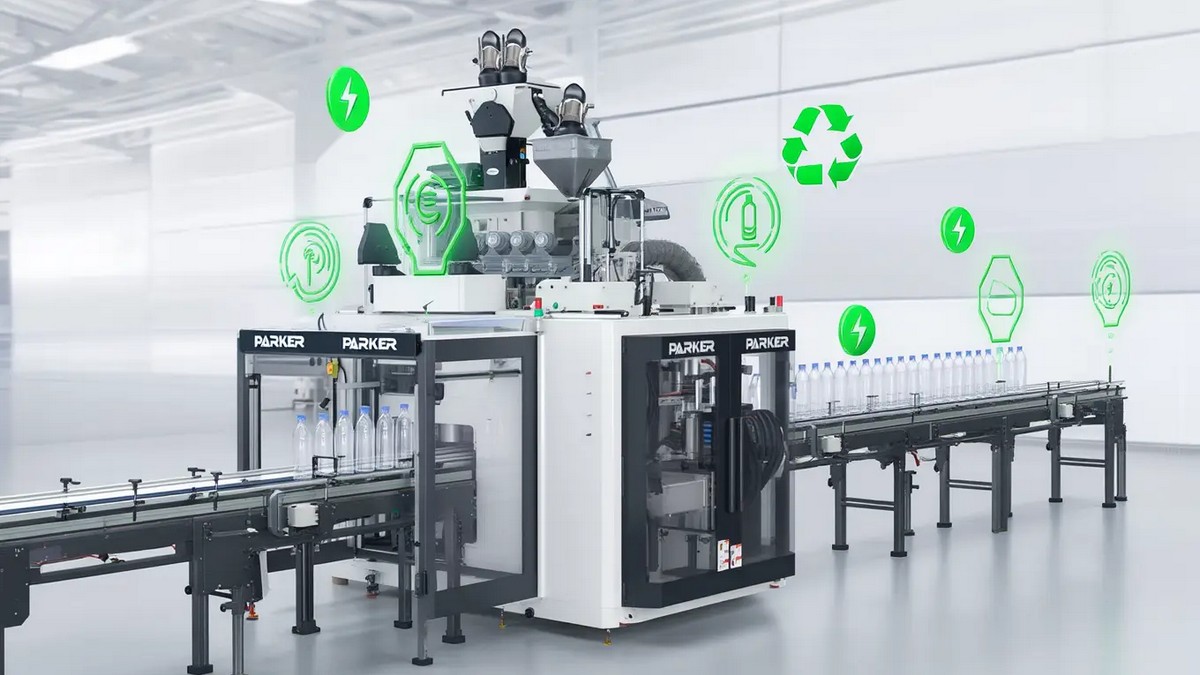According to estimates, by 2050, nearly half of the world's electricity will be generated by wind and solar power. Since the 1970s, fossil fuels have accounted for most of the world's electricity. By the middle of the 21st century, global electricity production will be converted from two-thirds fossil fuels to two-thirds renewable energy.
Global renewable energy
It is estimated that US$11.5 trillion will be invested in new power generation equipment, of which US$8.4 trillion will be used for wind and solar energy, and US$1.5 trillion will be allocated to zero-carbon technologies for water, hydrogen and nuclear energy. In addition, the reduction of battery materials and costs will also help promote the global application of renewable energy. Technological innovation has reduced the cost of solar materials from US$79/W in 1975 to US$0.37/W in 2017; and the price of turbines has also fallen by 32% since 2010. In addition, the global production capacity of production equipment increased from 16% in 2000 to 31% in 2016.
The advent of cheap energy storage systems means that the power transmission of wind and solar energy will become more and more reliable, even when there is no wind and sun, it can still supply electricity stably. Renewable energy will gradually replace existing energy production from coal, natural gas, and nuclear energy. Natural gas is expected to grow steadily after 2050. It will only become a backup fuel when renewable energy is extremely scarce and output is the lowest, but it is expected to have a place in the energy market.
In response to the recent recovery of the U.S. coal industry, it is expected that coal will fall sharply after reaching its peak in 2027. It is estimated that by 2050, coal's share of global power generation will drop from 38% to only 11%. Currently, large countries that rely mainly on coal for power generation, such as China and India, are also moving towards a clean energy path.
From 2009 to 2019, major public finance investments in China, Japan, and South Korea included USD 78.9 billion on coal and natural gas, making them the world's largest public finance investments in fossil fuels. However, changes took place in 2020. As China, Japan and South Korea have successively made climate commitments, there are now reports pointing out that in the next ten years, the renewable energy market in Southeast Asia will have an investment opportunity of US$205 billion.
Southeast Asia Energy Transition
Southeast Asia will have US$205 billion in renewable energy investment opportunities in the next ten years, which is 2.6 times that of the coal market in the past ten years. Because of the recently announced carbon neutral commitments of East Asian G3 countries (China, Japan, South Korea), it has become the main driving force for the Public Development Bank (PDB) to start investing in the Southeast Asian renewable energy market.
Renewable energy opportunity is coming: global coal investment is declining. In the past, China, Japan, and South Korea invested many funds in fossil fuels, and they were the world’s most important public investors in fossil fuels. However, as more than 100 large banks and insurance companies around the world withdrew from the fossil fuel industry, international investors’ observed the change in investment targets to see whether the funds transferred from the fossil fuel industry can flow to renewable energy, and if they will greatly enhance global energy transition.
East Asia G3 is the world's largest energy investment unit and has established close links with the Southeast Asian market. With the decline of coal investment, many banks are slowly turning to invest in renewable energy. The climate crisis has also affected the flexibility and originality of the East Asian financial industry. The government-backed public development bank needs to play the role of pioneer again to break into new markets.
The report pointed out that from 2021 to 2030, Southeast Asia’s demand for the development of renewable energy will increase rapidly, requiring a large amount of capital injection. Among them, solar energy investment is estimated at 125.1 billion US dollars, wind energy investment is 48.1 billion US dollars, and other renewable energy investments are 32.6 billion US dollars. In addition, emerging green bonds issued in Southeast Asia are prompting international investors (both public and private) to withdraw from fossil fuels.
As early as 2019, many international banks announced the divestment of coal-fired power plants, witnessing the decline of the fossil fuel industry. In the past two decades, despite the surge in investment risks, the Bank of East Asia is still inclined to invest in coal to maintain the profitability of fossil fuels. In the next ten years, we will see these banks turn to support renewable energy.
The energy transition is not only for the climate but also for the economy. With the rapid development of industry and economy in Southeast Asia, the region is also one of the area’s most vulnerable to climate change, including coastal floods, super typhoons, droughts, and other extreme weather events, which threaten lives and properties of local people. However, the current energy structure of Southeast Asia is still dominated by coal and natural gas, and it continues to emit greenhouse gases that are aggravating global warming. If these countries do not start energy transition from now on, extreme disasters caused by climate change will occur more frequently, and they may even go into decline and setbacks.
At a turning point in the energy transition, the East Asian Public Bank is strong enough to support investment in the Southeast Asian renewable energy market. For East Asian regional banks that have a long-term cooperative relationship with the local area, investing in green energy in the region is also of considerable financial significance. Taking Japan as an example, banks can simplify funds into regional investment through Japan’s joint credit and other mechanisms to promote investment in low-carbon technologies.
It is not only the East Asian G3 that sees the investment potential of Southeast Asia, but Taiwanese companies are also eager to see it.
Foxlink, the largest electricity seller in Taiwan, is part of Apple's supply chain. To meet its demand for renewable energy, the group has a total area of 14 hectares of global factories and rooftop solar photovoltaic systems. In addition to generating electricity, selling electricity, and investing in international renewable energy, we are now looking at the abundant water resources in Southeast Asia and turning our target to the potential market opportunities for renewable energy in Southeast Asia.
Local companies and governments in Southeast Asia have begun to attach importance to the development of green energy
At present, although East Asia is still the main energy investor in Southeast Asia, more and more local enterprises and the public are willing to invest in renewable energy. 72% of the investment in solar photovoltaic systems in the region comes from the local area of Southeast Asia.
Take Vietnam’s solar photovoltaic market as an example. With the continuous progress of local energy policies, the volume of solar photovoltaic devices in Vietnam has jumped from 134MW in 2018 to about 5.5GW in 2019 in just one year. It also makes Vietnam the country with the largest amount of solar photovoltaic installations in Southeast Asia, accounting for 40% of the regional total.
In addition, local governments and industry players have also developed more financial tools tailored to local conditions, such as green bonds, solar auctions, feed-in-tariff (FIT), etc., which have become key factors in the vigorous development of the renewable energy market.
In the development of solar energy, the Ministry of Energy of Thailand published the Thailand Integrated Energy Blueprint (TIEB) in September 2014. It plans to account for 30% of renewable energy by 2036, of which solar energy will account for 22.30% in 2016. It will grow to 30.50% in 2036. In 2017, the International Renewable Energy Agency (IRENA) also stated that the capacity of solar installations in Thailand can be increased from the originally expected 6GW to 17GW, which can reduce energy expenditure by more than US$9 billion per year. This will be a major turning point for Thailand's overall economy.
While Southeast Asia is vigorously developing renewable energy, and many countries and regions around the world have successively announced carbon neutrality commitments and more aggressive energy policies, Taiwan’s contribution to global carbon reduction is still lagging. Not only is the energy transition of enterprises slow, but the government is also concerned about improving carbon emissions. The goal is still slow, which is an issue that Taiwan should carefully examine and implement.
The energy transition is still an unfinished road, and whether large electricity users can actively transition to green energy will be the key. We invite you to protect the earth’s homeland and encourage governments and enterprises to accelerate their efforts to reduce carbon emissions. Supervise the progress of Taiwan's energy transition and create a more universal and comprehensive sustainable energy development future for Taiwan.









.jpg)
.jpg)
.jpg)


.jpg)